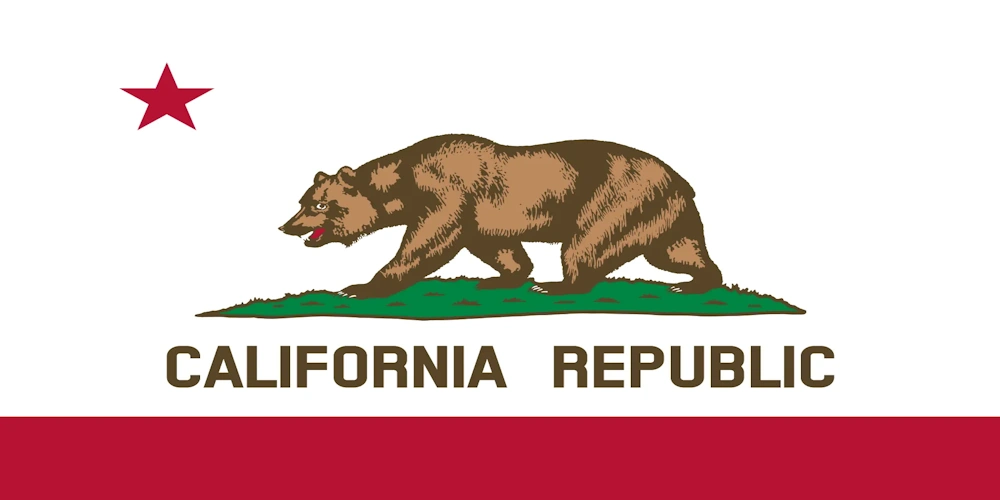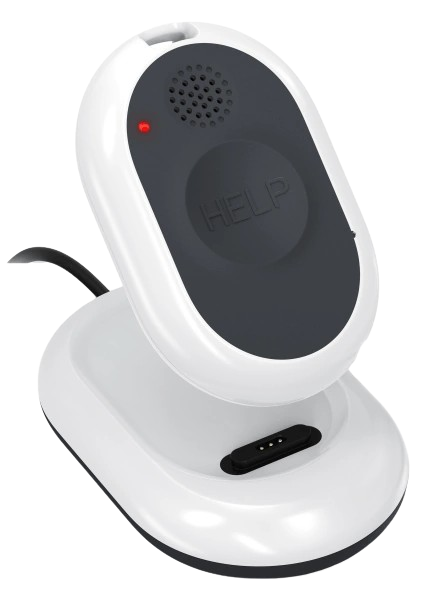California has some of the most comprehensive occupational health and safety laws in the United States, overseen by the California Division of Occupational Safety and Health (Cal/OSHA). For employers with staff who work alone—without immediate support or supervision—state regulations require proactive strategies to ensure worker safety.
This guide explains what lone worker safety looks like under California law, what industries are most affected, and how employers can meet their responsibilities effectively.
On This Page
Our Guide To Lone Worker Safety Policy And Legislation In California
California operates its own OSHA-approved workplace safety program through Cal/OSHA, which enforces standards that are at least as strict as, and often more detailed than, federal OSHA rules. While there is no single law in California that explicitly defines or governs “lone working,” various Cal/OSHA regulations indirectly cover this type of work.
For example, California’s Injury and Illness Prevention Program (IIPP) standard (8 CCR §3203) requires every employer to have a written program that identifies workplace hazards—including those related to working alone—and outlines procedures to prevent injury and illness. Cal/OSHA also enforces industry-specific regulations, such as those covering agriculture, health care, and emergency services, which often involve solo work scenarios.
Employers must evaluate when and where employees are working without backup and take steps to reduce exposure to risks like delayed emergency response, environmental hazards, and physical assault, particularly in remote or high-risk roles.
How California Defines A Lone Worker
California does not provide a singular legal definition for “lone worker,” but the term is broadly applied to any employee who performs tasks without the immediate presence of a supervisor or coworker. In practical terms, a lone worker is someone who cannot be seen or heard by others and may not be able to quickly call for help during an emergency.
Lone workers are especially common in California industries such as:
- Home health and caregiving services
- Agricultural operations in rural areas
- Late-night retail, janitorial, or security work
- Utility and infrastructure maintenance
- Real estate and property management inspections
These roles may expose employees to a mix of environmental risks, physical injury, and personal safety threats, depending on the location and time of work.
Employing A Lone Worker In California
Employers in California are legally obligated to maintain a safe and healthful workplace for all employees, including those working alone. Under Cal/OSHA’s broad framework, employers must:
- Conduct Hazard Assessments: Identify risks related to isolation, location, task type, and emergency response capacity.
- Create a Written IIPP: Include protocols for lone work, ensuring hazards are addressed and mitigated through procedures and training.
- Establish Communication Procedures: Implement regular check-ins, mobile apps, or other technologies to maintain contact with lone workers.
- Provide Emergency Resources: Equip employees with devices or systems that allow them to request help or alert supervisors in real time.
- Offer Safety Training: Teach employees how to recognize hazards, respond to emergencies, and use communication tools effectively.
Employers should also review industry-specific standards that may impose additional requirements for certain job functions, such as work in confined spaces, high-heat environments, or with hazardous materials.
Learn How You Can Protect Your Employees With Loneworker.com

With Loneworker.com you can be equipped with the knowledge and the means to protect your employees and protect your business. Contact us today to learn more about how Loneworker.com can protect you and your employees.
How The Safe Lone Worker App Can Protect California Lone Workers And Employers
Digital safety tools are becoming essential for modern lone worker protection. The Safe Lone Worker app offers features such as GPS tracking, timed check-ins, panic alerts, and fall detection—all designed to help employers monitor employee well-being in real time.
In a state like California, where labor laws are strict and worker safety is closely regulated, tools like this support compliance while enhancing response times during emergencies. The app also helps document adherence to communication protocols and can be integrated into a company's Injury and Illness Prevention Program.
California Lone Worker Policies
California’s approach to lone worker safety falls under its broader occupational safety regulations, enforced by Cal/OSHA. While there is no standalone “lone worker” statute, the state’s Injury and Illness Prevention Program (IIPP) requirement mandates that all hazards—including those faced by employees working alone—be identified, evaluated, and controlled. Employers must implement communication systems, emergency procedures, and training tailored to the specific risks of solo work.
Additionally, the California Labor Code and Cal/OSHA’s sector-specific rules (such as Title 8 regulations for agriculture, construction, and healthcare) may impose further obligations for lone workers depending on the role and environment. For example, home healthcare workers may need enhanced protections from workplace violence, while remote utility workers may require satellite-based communication devices.
Employers are encouraged to consult the Cal/OSHA website and their legal counsel to ensure their lone worker protocols meet all applicable state requirements. This guide is for informational purposes only and does not substitute for formal legal or regulatory advice.
California Lone Worker Resources
OHS Contact Centre
- 1-866-415-8690
CDC / NIOSH
- 800-232-4636

Affordable Monitoring For Lone Workers In California

-
 Monitoring Your Employees' Safety
Monitoring Your Employees' Safety
-
 GPS Tracking And Monitoring
GPS Tracking And Monitoring
-
 Man Down Panic Alerts
Man Down Panic Alerts
-
 24/7 Protection Anywhere
24/7 Protection Anywhere
Lone Worker Legislation
Lone Worker Safety Policies And Legislation By State
-
 Alabama State Safety Policies And Legislation
Alabama State Safety Policies And Legislation
-
 Alaska State Safety Policies And Legislation
Alaska State Safety Policies And Legislation
-
 Arizona State Safety Policies And Legislation
Arizona State Safety Policies And Legislation
-
 Arkansas State Safety Policies And Legislation
Arkansas State Safety Policies And Legislation
-
 California State Safety Policies And Legislation
California State Safety Policies And Legislation
-
 Colorado State Safety Policies And Legislation
Colorado State Safety Policies And Legislation
-
 Connecticut State Safety Policies And Legislation
Connecticut State Safety Policies And Legislation
-
 Delaware State Safety Policies And Legislation
Delaware State Safety Policies And Legislation
-
 Florida State Safety Policies And Legislation
Florida State Safety Policies And Legislation
-
 Georgia State Safety Policies And Legislation
Georgia State Safety Policies And Legislation
-
 Hawaii State Safety Policies And Legislation
Hawaii State Safety Policies And Legislation
-
 Idaho State Safety Policies And Legislation
Idaho State Safety Policies And Legislation
-
 Illinois State Safety Policies And Legislation
Illinois State Safety Policies And Legislation
-
 Indiana State Safety Policies And Legislation
Indiana State Safety Policies And Legislation
-
 Iowa State Safety Policies And Legislation
Iowa State Safety Policies And Legislation
-
 Kansas State Safety Policies And Legislation
Kansas State Safety Policies And Legislation
-
 Kentucky State Safety Policies And Legislation
Kentucky State Safety Policies And Legislation
-
 Louisiana State Safety Policies And Legislation
Louisiana State Safety Policies And Legislation







